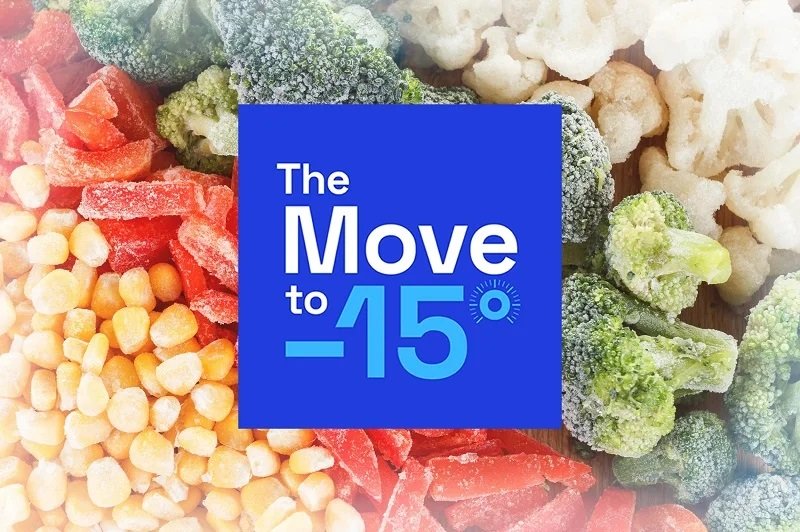A new review published by IIR experts Alain Le-Bail, Cyril Toublanc, Michel Havet, and Nasser Hamdami in the International Journal of Refrigeration examines current subzero food storage regimes and assesses the impact of changing the frozen storage temperature standard from −18°C to −15°C.
The study reviews regulatory and scientific perspectives on the definition of “frozen food,” highlighting that while −18°C is widely accepted as the standard, most products reach only 95–98% level of frozenness at this temperature. The IIR previously recommended that frozen food should reach −10°C or contain more than 80% frozen water content, offering a clearer definition than many regulatory texts.
The paper analyzes selected non-conventional subzero storage methods, including chilling, superchilling, supercooling, and stiffening. It notes that chilling (above TIFP but below 0°C) is used in certain European countries to extend shelf life, requiring strict temperature control. Superchilling, recently approved by the EU in 2022 for fish transport, involves storage just below TIFP and is not yet permitted for broader applications. Stiffening, used for fish slicing, is recognized by both EU regulations and Codex Alimentarius, with allowable storage at −10°C for up to 96 hours.
The authors also evaluate the “Three Degrees of Change” initiative, which promotes shifting the storage temperature from −18°C to −15°C to reduce energy use. Literature indicates this change could cut energy consumption by about 10%, but may reduce frozen food shelf life by approximately 30% in terms of sensory quality. One case study for spinach shows a drop in vitamin C below critical levels after three months at −15°C.
The review identifies potential consequences of this temperature shift, such as tighter temperature fluctuation tolerances, increased packaging requirements, reduced storage efficiency, and higher risk of food waste. Specific mitigation strategies are proposed, including differentiated storage based on product sensitivity, defined by the Q3 value and existing shelf life data.
The authors conclude that while −12°C to −10°C is considered safe from microbial growth, more monitoring is needed for the −18°C to −10°C range, especially under transport conditions allowing for temporary temperature rises.
The full study is available open access in the International Journal of Refrigeration.
